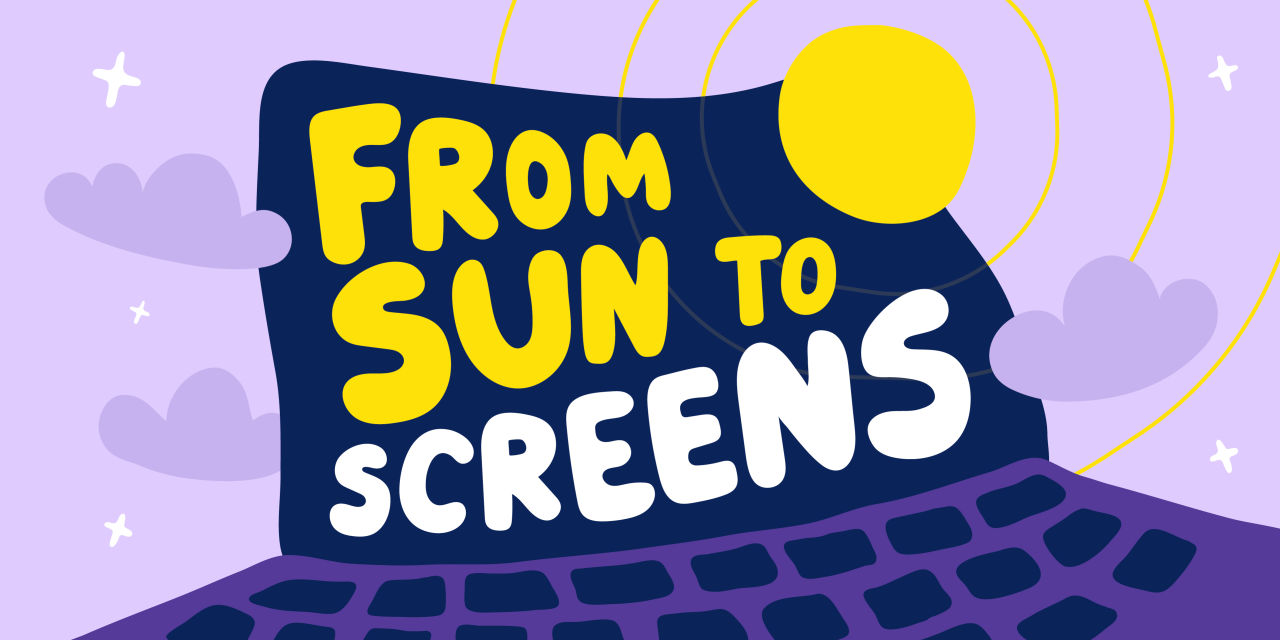
From Sun to Screens: HR’s End‑of‑August Playbook for an Energized Autumn
Late August is a hinge in the year. People are drifting back from holidays, school calendars kick in, and work rhythms shift from open‑ended summer days to more structured weeks. This isn’t about launching a new program. It’s about setting rhythms and resources so September feels focused, healthy, and humane—for you and your teams.
Below is a practical talk, aimed first at HR and People Leaders. I’ve included a secondary mini‑guide you can paste into Slack or your intranet for employees.
Table of Contents
What HR Should Do This Week (10 moves that matter)
-
Make daylight a policy nudge, not a perk
Encourage 10–15 minutes of morning light before noon—walk to coffee, stand by a bright window, or step outside between calls. Regular daytime light exposure is associated with better sleep timing and mood in office workers; the simplest upstream fix for fatigue is more daylight during the day and less blue‑heavy light at night.
-
Reset meeting defaults to 25/50 minutes
Those five‑minute buffers are not “lost time”—they’re planned micro‑breaks that reduce fatigue and sustain vigor. Meta‑analytic evidence shows micro‑breaks provide small but reliable benefits to well‑being (and longer breaks help performance).
-
Introduce two daily focus windows (company‑wide)
Protect one mid‑morning and one mid‑afternoon no‑meeting block. Let managers treat these as “reply‑later” zones so deep work actually happens.
-
Model camera‑optional, walking 1:1s
Offer at least one walking 1:1 per week. Short movement bouts sharpen attention and executive function immediately after the activity—use them before complex work or presentations.
-
Re‑balance social energy
Replace summer’s informal connection with deliberate micro‑connections: a 10‑minute coffee chat, an end‑of‑week kudos round, a standing “Wednesday walk & talk.” Belonging buffers stress; it doesn’t need an hour.
-
Protect evenings with a “Power‑Down” cue
Recommend a simple shutdown ritual: write tomorrow’s top three tasks, close open loops, reduce screen brightness in the last hour. Evening blue‑heavy light delays melatonin and pushes sleep later—dim early.
-
Calibrate the ramp
Don’t stack your heaviest deliverables in the first two weeks of September. Use a three‑week ramp: orientation → consolidation → performance. People return better, not burned.
-
Refresh manager scripts
Give managers three sentences they can read verbatim (see “Manager Micro‑Scripts” below). Managers are your engagement multiplier.
-
Measure quietly
Track three signals: join of rhythms (are buffers/focus windows used), weekly energy pulse (1–5), and meeting hygiene (average meeting length). You don’t need personal health data to know whether work is more workable.
-
Use the September “fresh start” effect
Temporal landmarks (new month/semester) naturally boost motivation. Frame September as a clean slate for work habits—people are statistically more likely to take action right after these landmarks.
Science For Your Internal Notes
-
Daytime light → better sleep & mood in office workers; more windows/daylight correlate with longer sleep. - 1
-
Micro‑breaks produce small but reliable improvements in vigor/fatigue; longer breaks help performance. - 2
-
Short activity bouts improve attention and executive function shortly after exercise. - 3
-
Fresh start effect: people pursue goals more after temporal landmarks (new week/month/semester). - 4
-
Evening blue‑heavy light delays melatonin and pushes sleep later; dimming helps. - 5
Two‑Week Adoption Plan (no “programs,” just rhythms)
Week 1 (Orientation)
-
Announce the meeting default shift (25/50 minutes).
-
Publish company focus windows and a 1‑paragraph daylight note.
-
Ask managers to schedule one walking 1:1 and one camera‑optional slot.
Week 2 (Consolidation)
-
Share three micro‑break ideas and a 60‑second posture reset video.
-
Nudge the shutdown ritual template (wins, tomorrow’s top 3, dim screens).
-
Pulse: “How was your energy this week? (1–5) One thing that helped?”
Keep it this simple. You’re building scaffolding for sustainable pace.
Manager Micro‑Scripts (say them exactly like this)
-
“What’s your easiest 10‑minute activity today before lunch?”
-
“Let’s set 25/50 as our default this month—use the 5 minutes to stand, stretch, or breathe.”
-
“Mid‑afternoon focus window: no Slack replies expected for 90 minutes.”
-
“Shut‑down ritual today: three wins, top three for tomorrow, screens dimmed for the last hour.”
Mini‑Guide for Employees (copy/paste this block to Slack or your intranet)
Carrying Summer Energy Into Autumn
-
Get light early. 10–15 minutes outside or by a bright window before noon—your best “free” energy boost.
-
Move in snacks. Three 10‑minute bouts beat one heroic hour. Walk, stretch, yoga—whatever’s easiest today. Short activity sharpens attention right after.
-
Take micro‑breaks. Every hour, step away for 3–5 minutes. Small breaks reduce fatigue without hurting output.
-
Rest your eyes. Try the 20‑20‑20 reminder (every 20 minutes, look 20 feet away for 20 seconds). Evidence is mixed, but it’s a useful nudge to blink and refocus.
-
Power down gently. In your last hour, dim screens, write tomorrow’s top three, and avoid new tabs. Better sleep follows.
Remote, Hybrid, and Deskless: Small Tweaks by Context
-
Remote: Default one camera‑optional hour daily; offer audio‑only walking 1:1s; put a “window desk” rotation in team norms.
-
Hybrid: QR/posters near elevators: “Take the stairs—two floors = 2 minutes of movement.” Create window zoneswhere people answer email in the morning.
-
Deskless/shift: Use movement snacks (3–5 minutes) at shift start/midpoint; a post‑shift transition cue (music, stretch) helps work/home separation.
Meeting Hygiene That Sticks
-
Default lengths: 25/50 minutes.
-
Buffers: 5 minutes before deep‑work blocks; 10 minutes after intense sessions.
-
No‑meeting focus: One morning + one afternoon window per site/time zone.
-
Standing items trimmed: Replace weekly status updates with a written doc; use live time for decisions.
What to Measure (quietly)
-
Energy pulse (weekly): 1–5 + “what helped most?”
-
Calendar hygiene: average meeting length, % meetings with buffers.
-
Focus windows honored: optional self‑report or calendar tags.
-
Simple wins: # of walking 1:1s, # manager shout‑outs.
That is enough to know whether September is working better than August.
Pitfalls to Avoid (and the fix)
-
All‑or‑nothing exercise culture → Switch to “movement snacks.” Three 10‑minute bouts are easier to keep and still help cognition.
-
Back‑to‑back bookings → Shift to 25/50 and add buffers. Micro‑breaks reduce fatigue.
-
Late‑night bright screens → Dim early and add a shutdown ritual. Melatonin needs darkness.
-
“Motivation Monday” posters → Use temporal landmarks properly. Frame September as a fresh start with one or two concrete behavior changes.
If You Want a Light Layer of Accountability
This piece isn’t about programs. Still, some HR teams ask for a gentle habit scaffold—a way to log morning light, movement snacks, or a daily shutdown cue without turning it into a competition. That’s where YuMuuv fits: quick, inclusive habit tracking and a simple social feed for encouragement. Keep it opt‑in and low‑pressure.
Final Word
Transitioning from August to autumn isn’t a motivation problem—it’s a design problem. Design for light early, small movement often, brief real breaks, protected focus, and soft landings at night. Give managers words they can actually say. Measure quietly. If you do those things in late August, September will feel lighter, and Q4 will run steadier.
